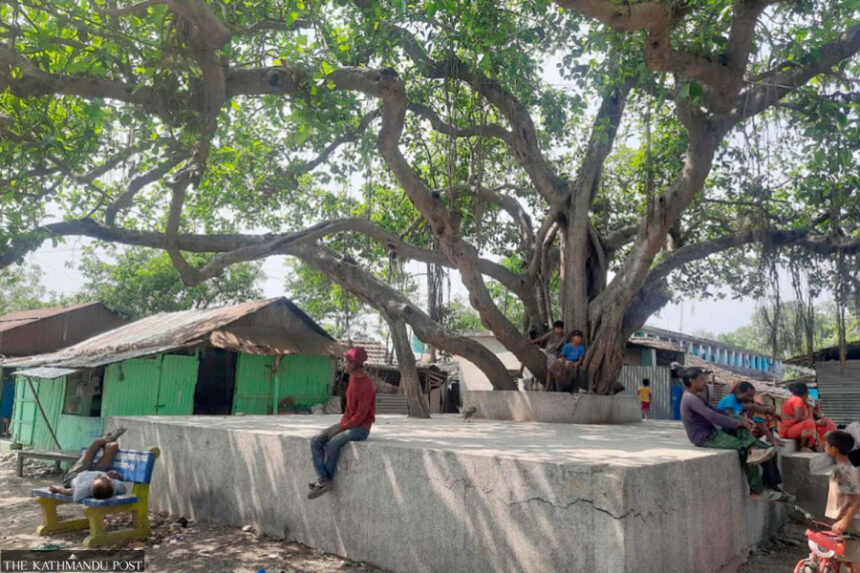Kathmandu – With Nepal noting Might’s wedding anniversary, International Day commemorates employees’ legal rights, interest has actually transformed once again to a small Chautari in Biratnagar, a historical system that lays the structures in the nation’s labor motion.
Near the eastern side of the nation’s earliest commercial establishment, this silent relaxing area holds a substantial area in Nepal’s political background. It was from below that the nation’s very first arranged labor motion started, sowing the seeds of a bigger autonomous transformation.
” The seeds grown on this system later on became a big tree for the autonomous motion,” stated Krishna Pokharel, a government teacher and a veteran homeowner of Biratnagar. “Seeds are the voices of labor justice, requiring equal rights and resistance to autocracy.”
There was when a little market standing beside the square, which came to be a demonstration center. Routine presentations, mottos and strikes have actually transformed the location right into Hartali Haat (Strike Market). Employees collect everyday and frequently deal with cops reductions with no worry.
” This system is the facility of the labor motion,” remembers Kabita Magar, a senior homeowner. “Leaders like Girija Prasad Koirala and Manmohan Adhikari have actually had lengthy conversations below all the time, intending demonstrations.”
Established In 1936, Biratnagar Hemp Mills uses around 2,400 employees and 400 staff members on its height. It is not simply a commercial website, it ends up being a college of political advocacy. The motion that started below is vital in testing the tyrannical Lana regimen.
Labor leaders consist of Girija Prasad Koirala, Communist leaders Manmohan Adhikari, Yubaraj Adhikari, Tarini Prasad Koirala and Gehendra Hari Sharma, every one of whom operate in the manufacturing facility. Assistance likewise originates from outdoors Nepal, consisting of Indian socialists and communists, such as Ratanlal Brahmin in Darjeeling.
Later On, Girija Prasad Koirala and Manmohan Adhikari came to be Prime Ministers of the nation after the resumption of freedom in 1990.
The motion started on March 3, 1947, when employees at the manufacturing facility required reasonable salaries and much better working problems. “The very first demonstration allure originated from this system,” stated civil culture leader Dinesh Shrestha. “They initially sent a memorandum, yet after being neglected by the mill monitoring, they introduced a strike.”
Leading women lobbyists such as Nona Koirala, Divya Koirala, Nalini Upadhyaya, Indira Acharya and Kamini Giri likewise played an essential duty in the demonstrations, which lasted for weeks.
Throughout the decrease of the Lana regimen, 400 soldiers were released from Kathmandu by orders from regional Bada Hakim (Principal Police Officer). They opened up fire at militants without caution, eliminating numerous employees.
” The entire nation has actually been drunk,” stated civil culture leader Jagat Aryal. “The motion developed right into a bigger Satyagraha (non-violent motion), which inevitably caused the autumn of the Lana regimen and the facility of freedom[in 1951] “
The historical demonstration system continues to be in Ward 15 in Metropolitan City of Biratnagar, a peaceful monolith at a loud and defining moment in Nepal’s contemporary background.









